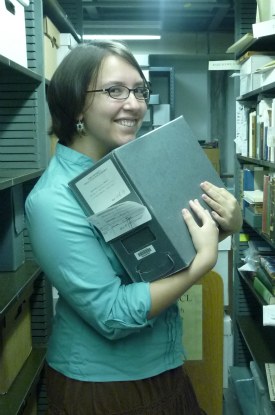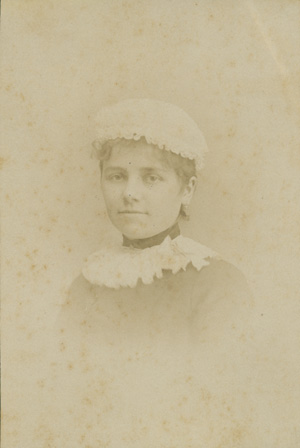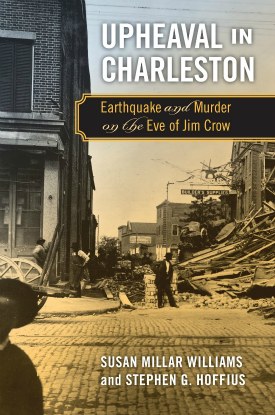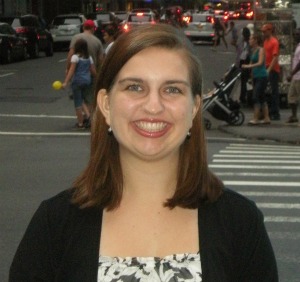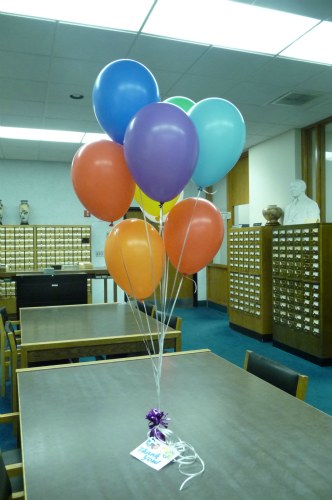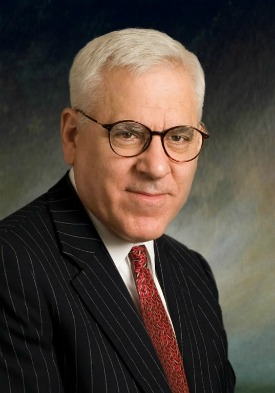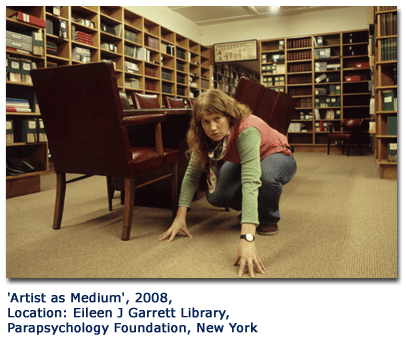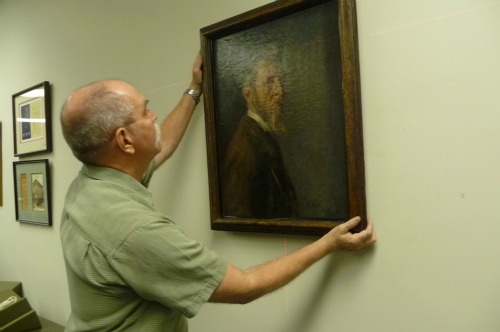We’re wrapping up our celebration of this first week of classes with a final look at one of the wonderful student (well, recent graduate) employees who help make this place run. We wouldn’t know what to do without them, and we’d have a lot less fun, too. Thanks, y’all!
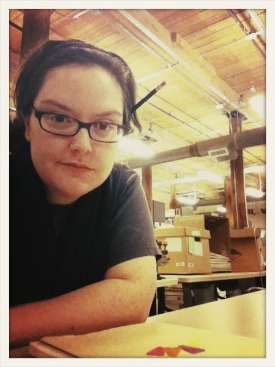 As Drill Intern in the University Archives, a lot of the work I do for the RBMSCL is behind the scenes. Since starting my position in June, my recent projects have included helping establish the University Archives social media presence and co-curating an exhibition of archival materials for the fall, but the bulk of my time has been spent processing archival collections.
As Drill Intern in the University Archives, a lot of the work I do for the RBMSCL is behind the scenes. Since starting my position in June, my recent projects have included helping establish the University Archives social media presence and co-curating an exhibition of archival materials for the fall, but the bulk of my time has been spent processing archival collections.
And what does that even mean? Well, it means I’m the person who receives boxes full of sometimes completely jumbled records, papers, notes, journals, and ephemera. It then becomes my goal to take this mish-mosh and make it accessible through arrangement and description. I get to figure out what’s in a collection, why people want to use it, and how to make the organization logical so that researchers can actually find the items and objects they’re seeking. Or maybe even better, so that researchers can find items and objects they never expected to find in the first place.
Truth be told, I really enjoy this work. I get to play detective a little bit: researching subjects, poring over their collected history, picking out clues. Then, I get to make the collections available for others to use for scholarly research, creative projects, and simple personal edification. Plus, since the collections I’m working with pertain directly to the history of Duke University, I am getting to learn more about the buildings, traditions, and fascinating hidden stories surrounding me every day. Having just moved to Durham from Brooklyn, I feel lucky to be working in an environment where connecting with the past is part of my everyday experience.
Post contributed by Rosemary K. J. Davis, University Archives Drill Intern.


